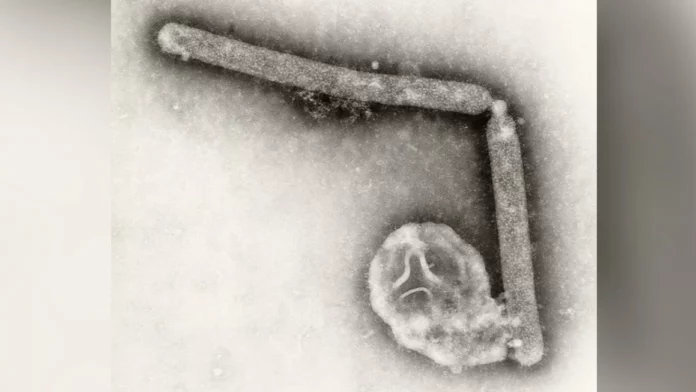A recent study reveals a concerning development: a US farmworker contracted bird flu while working with dairy cattle in Texas, marking the first known case of mammal-to-human transmission of the virus.
The worker sought medical attention in late March with symptoms of painful, swollen, weeping eyes, though he didn’t have a fever and his lungs were clear. Despite no direct contact with sick birds, he had close interaction with infected dairy cows.
Though the worker’s illness wasn’t severe, the case highlights the risk of H5N1 transmission from cows to humans. However, it also underscores challenges in tracking infections among vulnerable populations like farmworkers, who may avoid testing due to economic pressures.
The difficulty in testing farmworkers is compounded by rumors of sick individuals unwilling to be tested. While some sick dairy workers were tested, none were positive for bird flu. Health officials acknowledge the likelihood of untested cases.
The infected worker recovered with antiviral treatment, and his family received preventative medication. Interestingly, while his eyes were heavily infected with H5N1, his lungs had minimal virus, suggesting possible eye transmission.
The case report, authored by CDC researchers and Texas health professionals, laments the inability to conduct further investigation on the farm. The CDC seeks cooperation from farms for detailed studies to understand the outbreak’s extent and protect human health.
The White House assures that they are closely monitoring the situation, emphasizing its seriousness.
